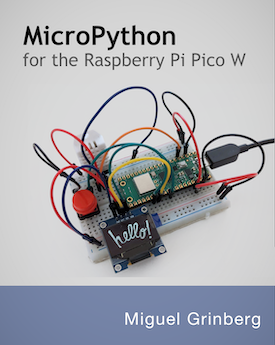
Every time I find myself writing code to delete data from a database I get nervous. What if I later determine that I needed this piece of information, after all? For example, what if having access to this data that was deleted would have helped me reproduce or debug an issue? Or what if the data can be useful for audit purposes in a future version of the application?
You can find lots of reasons to never delete records from your database. But obviously these records that you saved from permanent deletion need to be marked as being "less interesting" than the rest, so that you have something you can use to filter them out in queries. The Soft Delete pattern is one of the available options to implement deletions without actually deleting the data. It does it by adding an extra column to your database table(s) that keeps track of the deleted state of each of its rows. This sounds straightforward to implement, and strictly speaking it is, but the complications that derive from the use of soft deletes are far from trivial. In this article I will discuss some of these issues and how I avoid them in Flask and SQLAlchemy based applications.



